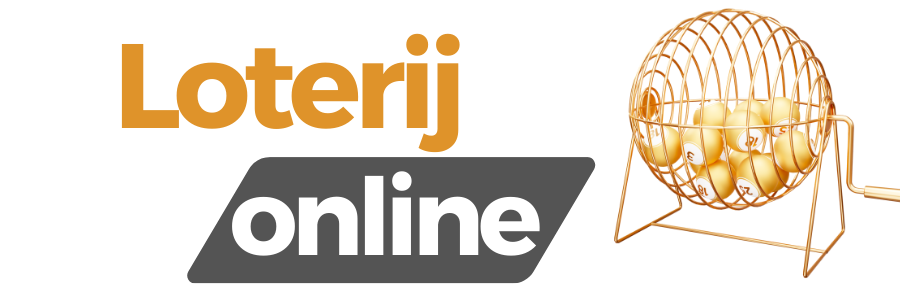Proponents of lotteries usually use economic arguments to justify their position. They point out that lotteries provide state governments with a relatively easy way to increase their revenues without imposing more taxes. The games are financially beneficial to the many small businesses that sell lottery tickets and to larger companies that participate in merchandising campaigns or provide advertising or computer services. In addition, lottery advocates surmise, the games provide cheap entertainment to people who want to play, while raising money for the betterment of all.
Economic arguments for lotteries
Lottery opponents also have economic arguments. They contend that lotteries contribute only a small percentage of total state revenues and, therefore, have a limited effect on state programs. Lotteries cost money to operate and lure people into parting with their money under false hopes.
The sales amount is the total amount taken in by the lottery. This sales amount is then split between prizes, administrative costs, retailer commissions, and state profits. In general, 50% to 60% of U.S. lottery sales are paid out as prizes to winners. Administrative costs for advertising, employee salaries, and other operating expenses usually account for 1% to 10% of sales. On average, retailers collect 5% to 8% of sales in the form of commissions and approximately 2% as bonuses for selling winning tickets. The remaining 30% to 40% is profit turned over to the state.
According to the NASPL, U.S. state lotteries had approximately $57.4 billion in sales for FY 2006. National sales were up 9% over the previous fiscal year’s sales of $52.6 billion. Every state reported sales were higher in 2006 than in 2005.
The NASPL’s data show that during FY 2006 New York ($6.8 billion) had the highest lottery sales, followed by Massachusetts ($4.5 billion) and Florida ($4 billion). These three states accounted for 27% of national lottery sales. Seventeen states had lottery sales of more than $1 billion during FY 2006.
The states took in $17.1 billion in profits from the lottery in FY 2006. The states allocate their lottery profits in different ways. Table 7.2 shows each state’s cumulative allocation of profits from each lottery’s inception to June 2006. A total of $234.1 billion has been given to various beneficiaries since the beginning of lotteries in each state. New York topped the list with $30 billion in profits allocated to education since 1967. California followed with $18.5 billion to education, and New Jersey, $15.6 billion.
RETAILER PAYMENTS
According to the U.S. Census Bureau (March 17, 2008,http://www.census.gov/compendia/statab/cats/state_local_govt_finances_employment.html), $27.7 billion was given out as prizes in state lotteries in 2004. That was 61% of the total lottery revenue in that year. Administrative costs, including retailer compensation, made up approximately $2.7 billion (6%) of total revenue, whereas average state profit was $15 billion (33%).
The primary means of retailer compensation is a commission on each ticket sold. In other words, a lottery retailer keeps a certain percentage of the money taken in from lottery sales. Most states also have incentive-based programs for retailers that meet particular sales criteria. For example, the Wisconsin lottery pays retailers a bonus for increasing ticket sales by particular amounts. Lottery officials believe the incentive program, which encourages retailers to ask customers if they would like to buy lottery tickets, is more effective than an increase in commission. Retailers that sell a winning ticket of $600 or more in Wisconsin receive 2% of the value of the ticket (up to $100,000).
Unclaimed lottery winnings add up to hundreds of millions of dollars each year, and each state handles them differently. Some states, such as New York, require that unclaimed winnings be returned to the prize pool. Other states allocate such funds to lottery administrative costs or to specific state programs. For example, in Texas unclaimed prizes go to funds that benefit hospital research and payment of indigent health
